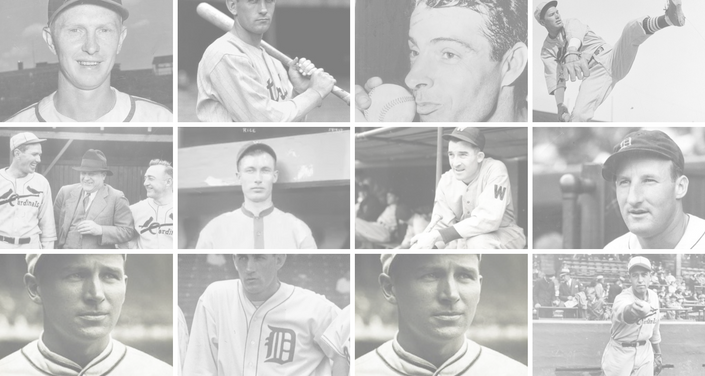Understanding pitching matchups is one of the most powerful tools for anyone looking to bet smarter on MLB odds. While batting orders and bullpens matter, the starting pitcher often determines how a game unfolds. Learning how to analyze key elements beyond basic statistics can give bettors a decisive edge in a market where every small insight counts.
Why Pitching Matchups Matter More Than You Think
In a sport defined by inches and milliseconds, the pitcher’s influence on the game cannot be overstated. A dominant starter can neutralize even the most dangerous lineup. Conversely, an average pitcher having an off night can quickly unravel a betting ticket. While many focus on a pitcher’s win-loss record, smarter bettors dive deeper into form, splits, and context.
Pitchers do not operate in a vacuum. Weather, ballpark dimensions, and catcher chemistry can all shift their performance. Moreover, early-season numbers can mislead, and late-season fatigue can distort even a top-tier arm’s reliability. Spotting these nuances before placing a wager can often mean the difference between a winning and a losing ticket.
Key Metrics That Matter When Evaluating Starters
Digging into pitching statistics provides a much clearer snapshot than relying on traditional numbers like ERA or strikeouts alone. Advanced bettors not only study underlying performance metrics but also stay informed by tracking the latest MLB updates. Changes in a pitcher’s velocity, control, or workload often surface first through insider reports and team announcements.
Fielding Independent Pitching (FIP)
Unlike ERA (Earned Run Average), FIP strips away defensive noise and focuses only on outcomes a pitcher controls: strikeouts, walks, hit batters, and home runs allowed. When a pitcher’s ERA is dramatically different from their FIP, it often signals positive or negative regression ahead.
WHIP and Walk Rates
A low WHIP (walks plus hits per inning pitched) usually points to a starter who avoids trouble. Combining WHIP with walk rate can reveal control issues that may not show up immediately in earned runs but often surface in betting outcomes.
Velocity and Swing-and-Miss Rates
Velocity dips often precede performance slumps. Likewise, a pitcher who generates fewer swings and misses might struggle against lineups built for contact hitting. Monitoring recent trends in these areas can catch market inefficiencies before sportsbooks adjust.
Contextual Factors That Impact Pitcher Effectiveness
Even the best pitcher can underperform if certain external factors stack against him. Understanding these layers can help refine how you bet on MLB matchups.
Ballpark Factors
Not all stadiums treat pitchers equally. Parks like Coors Field notoriously inflate offense, while others like Petco Park suppress scoring. Knowing where the game is played and how a particular pitcher fares there is crucial.
Team Defense
While FIP focuses on what a pitcher controls, real-game results still depend on fielders. Pitchers with groundball tendencies benefit from strong infield defenses. Likewise, fly-ball pitchers thrive behind fast, athletic outfields. Checking recent defensive metrics can provide another betting edge.
Lefty vs Righty Splits: The Often-Overlooked Edge
Another layer to pitching analysis involves how starters perform against left-handed or right-handed hitters. Some pitchers dominate opposite-handed batters but struggle when facing same-handed lineups. Evaluating recent splits helps identify potential mismatches, especially when teams stack lineups accordingly.
Smart bettors also factor in bullpen splits. A strong right-handed starter followed by a shaky lefty-heavy bullpen can create late-game volatility. Betting full-game odds without understanding these patterns can leave value on the table.
Betting Live: Adapting to Mid-Game Pitching Trends
Live betting has exploded in popularity, and pitching matchups present a prime opportunity for in-game wagers. Many bettors today turn to reputable online sportsbooks like FanDuel to find flexible options for live baseball wagering. By understanding how to react to shifts during the game, those betting on the FanDuel MLB odds can spot valuable opportunities that others might miss.
Some pitchers shine early but falter after facing the lineup a second or third time. Keeping an eye on pitch counts, velocity drops, or rising walk totals can signal when to bet against a starter before the oddsmakers fully react.
Closely watching bullpen warm-up activity can also reveal managerial intentions. A starter laboring through the fifth inning with relievers stirring in the pen often hints at upcoming scoring changes, offering windows for profitable live bets.
Understanding the Risk: No Pitcher Is Bulletproof
No matter how perfect a pitching matchup looks on paper, baseball remains a high-variance sport. Even elite MLB pitchers get shelled. Public betting often heavily favors aces, leading to inflated moneylines that might not offer real value.
Smart bettors assess risk with every wager. Rather than blindly backing a strong starter, they ask if the price is right. Sometimes fading an overvalued ace against a red-hot offense or a sneaky underdog starter yields far better returns over the long haul.
Remember, betting on MLB odds successfully involves balancing trust in data with respect for variance. Pitching analysis provides a foundation, but nothing guarantees results in a sport filled with unpredictability.
Mastering Pitching Matchups for Smarter MLB Bets
Breaking down pitching matchups offers a roadmap for sharper MLB betting. Moving beyond surface stats into advanced metrics, understanding contextual factors, and staying flexible during games transforms casual guesses into educated wagers. As always, staying informed through trusted platforms that track trends and performance helps fine-tune decisions. By mastering the art of pitching evaluation, bettors position themselves ahead of the curve in a market where details make the difference.




